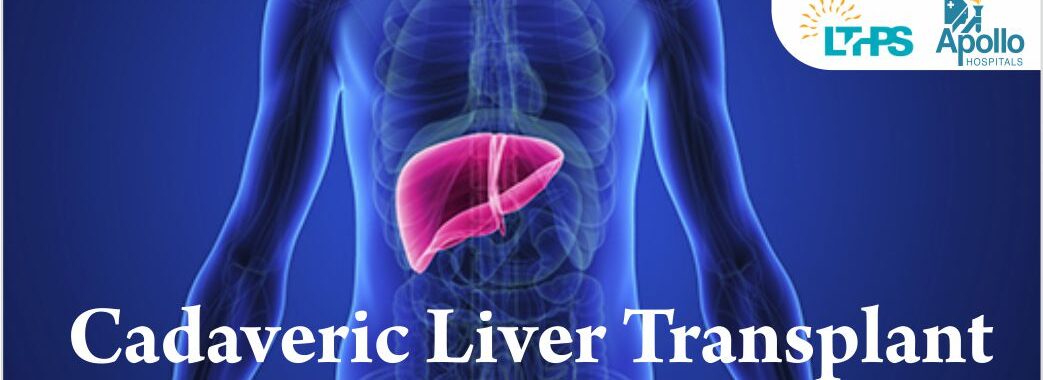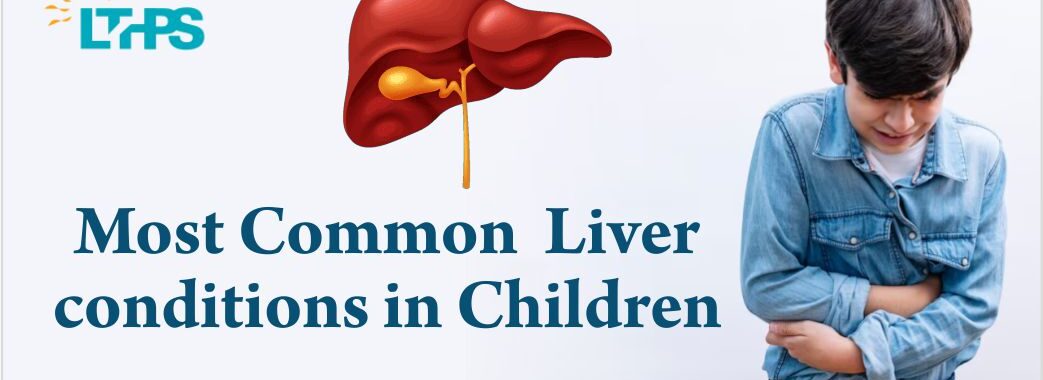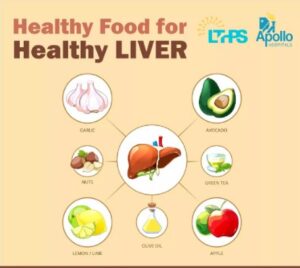Liver cancer is one of the most serious health conditions globally. For many individuals diagnosed with this disease, a liver transplant may be a potential treatment option. But did you know that not all types of liver cancer require a transplant? The decision depends on various factors, including the type, stage, and location of the cancer, as well as the overall health of the patient. In this article, we’ll explore which types of liver cancer may require a liver transplant, and why consulting a liver transplant doctor in India is crucial for timely treatment.
What is Liver Cancer?
Liver cancer is the proliferation of abnormal cells in the liver that result in an aggressive tumor. The liver plays an essential function in the digestion process and detoxifying the body, and any interruption in its functions could cause serious consequences. Liver cancer may be primary (starting within the liver) or secondary (metastasizing from other organs). While liver cancer can be dangerous and often is not diagnosed until the later stages, advances of medical science, like liver transplants, provide an opportunity for many.
Types of Liver Cancer
The types of cancers that affect the liver aren’t all identical. The two most popular types of cancers in the liver are:
Hepatocellular Carcinoma (HCC)
HCC is by far the most prevalent type of cancer in the liver and accounts for 75 percent of all liver cancer cases. It usually develops in patients who suffer from cirrhosis. It is typically due to chronic liver conditions like Hepatitis B or C and alcohol abuse or fat-rich liver disease
Cholangiocarcinoma (Bile Duct Cancer) Cholangiocarcinoma, also known as bile duct cancer, may be less frequent than HCC however it can
affect the liver. It is a result of the bile ducts and could cause liver damage. Although this type of cancer can be surgically treated, it usually necessitates a liver transplant when the cancer has advanced significantly.
Other Rare Forms of Liver Cancer
There are also less well-known types of liver cancers, such as angiosarcoma (a cancer of blood vessels of the liver) and fibrolamellar tumors. Although rare, these kinds might also require a liver transplant based on the severity of the cancer
What is a Liver Transplant?
The liver transplant procedure is surgical procedure in which the damaged or diseased organ is replaced by healthy liver from an organ donor. It is usually the last option for those who’s liver isn’t able to perform as it should due to illness or injury, or a inability. For those suffering from liver cancer the possibility of a transplant could provide a chance to live longer and a better quality life, particularly when the cancer is restricted within the liver.
When is a Liver Transplant Recommended?
Liver transplants are typically thought of as
● The liver is seriously damaged due to the illness.
● Cancer is restricted to the liver, and can’t be treated surgically chemotherapy or other techniques.
● The patient’s general health is sufficient for the procedure. However, not all patients who has liver cancer is a candidate for a liver transplant. Doctors will look at the type of cancer being treated stage, stage, and general prognosis prior to making a recommendation for the possibility of a transplant.
Liver Cancer and Transplantation: The Link
Liver transplants may provide an opportunity to treat some sufferers of liver cancer. The transplant could be an option if the cancer is restricted to the liver and hasn’t spread to other areas in the body. This is particularly the case for those suffering from Hepatocellular Carcinoma (HCC), as the liver
is the organ affected as well as the one that has to be replaced.
Hepatocellular cancer (HCC) is one of the prevalent type of cancer that affects the liver and is typically the reason that patients suffering from liver disease require an organ transplant. If a patient suffers from HCC it is a sign that the liver has usually severely damaged by conditions such as cirrhosis or viral Hepatitis. In these cases the possibility of a transplant to the liver could be the most effective option to eliminate the tumor and restore normal liver function. But, the liver transplant physician will determine how the cancer is limited to the liver, and if the
cancer hasn’t spread to other organs. In the early stages, HCC is often treated by a liver transplant giving patients a second chance to live.
Cholangiocarcinoma and Liver Transplantation
Cholangiocarcinoma or the cancer of the bile ducts, can present specific challenges the process of liver transplants. In the event that cancer has been restricted to the bile ducts as well as in the liver, then a transplant could be an alternative. But, this type of cancer tends to expand rapidly. If it is affecting other organs, the possibility of a transplant is not the best option. A liver transplant surgeon in India will evaluate the patient’s health thoroughly to decide if a transplant is the best option to enhance their chances of survival.
Metastatic Liver Cancer
Metastatic liver cancer is the cancer of the liver that is spreading to an area in the body for instance the breast, colon or lung. However liver transplants are typically not recommended for metastatic liver cancer since the cancer has already spreading to the liver, which makes an organ transplant not effective. However, if the main cancer has been removed with only liver involvement, transplant of the liver
could be considered in certain instances.
Other Factors That Influence Liver Transplant Eligibility
Many factors determine whether a person is eligible to receive an organ transplant. This includes:
● The size and the stage of Cancer The tumor has to be restricted in the liver.
● All Health A person should be in good health to undergo major operation.
● Prevalence of Other Conditions Heart disease or diabetes can cause problems for transplant surgery.
● Age The younger patients are more likely to recover faster after an organ transplant.
Benefits of Liver Transplant for Liver Cancer Patients
A liver transplant has many advantages for patients suffering from cancer of the liver, including:
● Better Survival Rates If detected before the time of a transplant, it can greatly increase the likelihood of survival.
● Enhances quality of life A successful transplant can restore liver function and allows patients to live an active and healthy life.
● A Cancer-Free Liver If the cancer is restricted to the liver area, eliminating an organ to replace it with a healthier one can eradicate the cancer completely.
Risks of Liver Transplant Surgery
Although a liver transplant could save lives, it’s not without risk. They include:
● Rejection The immune system could refuse to accept this new organ.
● Infection The procedure of transplantation increases the chance of contracting infections.
● Complications Blood clots, leaks of bile, and liver dysfunction can be complications
following surgery.
How to Find the Best Liver Transplant Doctor in India
India hosts some of the most skilled liver transplant surgeons around the world. If you’re thinking about a liver transplant, it’s crucial to select a surgeon who has expertise in the field. You can:
● Find liver transplant surgeons in India who have received specialized education and certifications.
● Research hospitals that have specific liver transplant centers.
● Request suggestions from your current health provider.
● Find reviews and success rates for liver transplant procedures.
How Long Do You Have to Wait for a Liver Transplant?
The wait time of a donor liver can vary according to a variety of aspects, such as what urgency is the request and availability of an appropriate donor. In general, patients will be waiting between a few months and several years. Certain patients could receive an organ transplant earlier in the event that they are considered high-priority.
Living After a Liver Transplant: What to Expect
Following a liver transplant, patients must adhere to strict guidelines for taking medications to avoid rejection of the organ and to promote healing. Regular visits to your transplant surgeon are vital to assess the recovery process and monitor liver function. Although life after transplant may be difficult, a lot of patients recover and live a fuller quality of life following the procedure.
Conclusion: Liver Transplants and Liver Cancer Treatment
For those who are diagnosed with liver cancer A liver transplant may provide a life-saving option especially for those suffering from Hepatocellular Carcinoma (HCC) or localized Cholangiocarcinoma. However it is not the case that all patients with liver cancer are eligible for
the procedure. Things like the nature of the cancer’s stage and the health of the patient are vital in determining if they qualify. If you’re thinking about a liver transplant, consulting an expert liver transplant physician in India will you get the best results.
FAQs
1. All liver cancer patients be treated with an organ transplant?
Yes, only those with certain types of cancers in the liver including early-stage HCC or cholangiocarcinoma localized, might be eligible for an organ transplant.
2. What is the length of time it will take to fully recover from an organ transplant?
The time to recover varies, however the majority of patients are expected to stay for several weeks in a hospital and then a period of recuperation at home.
3. What’s the dangers of liver transplant surgery?
The risks include rejection of organs as well as infections and complications such as blood clots or leaks of bile.
4. Can a liver transplant be an effective treatment for cancer of the liver?
If the cancer is restricted to the liver and removed the liver transplant could provide a solution.
5. Where can I find an experienced liver transplant surgeon from India?
Find doctors who have experience in liver transplants. Read reviews, and check with specialized hospitals to find the best choices.










